“Everything you can imagine is true.” Pablo Picasso
Hello everyone. I’d like to share my experience with you about the power of mysterious family stories to travel across the land of unbelief and shake us awake into a state of wonder. I’m talking about the stories we carry but cannot seem to tell because we don’t know all the details. The ones that linger over our lives at the edge of awareness, filling our dreams with sparks of imagery and pieces of words that seem to be signaling to us like a distressed ship sending an SOS across a choppy sea. During the day we tend to brush these story parts aside, dismissing them as fragments of the imagination but, in fact they may contain messages that shape our lives more than we care to admit.
In my family, the mysterious story that no one talked about involved my great grandmother, Vina Mc Laughlin Forbes. As a child the story told to me was shocking enough: that she abandoned her young daughter—my grandmother—leaving her with aging grandparents on their ranch in West Texas. In recent years I discovered an even more surprising tale about Vina that floated to the surface while my son was researching family history. Although a bit vague, this piece of the story suggested something more sinister. Vina had never abandoned her child; rather, she had been incarcerated and left to die in a mental asylum. This and the lie told to cover up the truth of her disappearance was carried across an ocean of ancestral memories for years and it troubled me deeply. So, while writing my memoir, Story Carrier: A Collection of Tales of the Disappeared, I decided to look into her life more carefully.
One night after several hours of sitting at the computer writing, I rubbed muscle pain relief cream on my neck and laid my head on the pillow. Very quickly, I fell into a deep, delta-wave sleep, only to be startled by the image of a woman standing at the foot of my bed. She looked frightened, nearly desperate as though she was trying to escape someone or something. Behind her was the faint outline of a decrepit, old white building with a red roof. I knew immediately who she was and, in my dream, tried to speak to her. She would only respond, saying, “I’m Vina.” When I awoke the next morning, I felt the weight of my great grandmother’s tale hanging over my heart, like an unanswered Morse Code cry for help from a sinking vessel. I knew I had to find out more about this woman who had the strength to show up nearly a hundred years after her death. Even if only in a dream.
My search led me to the San Antonio Mental Asylum, where Vina was committed as a young woman and where she died almost twenty years later. When I sought more information from family, no one seemed to know about her fate or if they did, no one would speak about it. The silence surrounding her sudden departure from life rang out like an urgent summons to connect with her in any way possible, so I continued my search.
San Antonio Mental Asylum, later re-named the San Antonio State Hospital
Near the time I was finishing my book, my husband and I were visiting my brother near San Antonio, and we drove past the asylum. A sudden, powerful urge bubbled up in me, evoking the same feeling I had when Vina appeared in my dream. From the car I dialed the hospital on my cell phone asking to be allowed to visit her grave, only to be told I needed an appointment to do so, and one could not be arranged for over a week. How strange, I thought, to need permission to see the cemetery where my great grandmother was buried. Disappointed, I flew back home to Pennsylvania with my husband, carrying my great grandmother’s story with me in the form of a deep sense of obligation. I had to rescue her story.
Two weeks later, I was able to get my hands on her medical records which revealed a devastating diagnosis based on a tragic event. Apparently when my great grandmother was about 27, she picked up a gun and shot her father. He survived. She was, of course, arrested and incarcerated, but was moved to the asylum with the diagnosis of "psychotic personality."
I knew there had to be more to the story. For one thing, Vina lived in the home with her mother, father, and small child—my grandmother—who was likely present when the shooting occurred. In my mind, the only thing that explained her violence was a need to defend herself or...her child. My skin prickled with bumps as I thought about the scene. Unfortunately, this was all the information I was able to gather, and, with these scant details, I had to try to make some sense out of the events described in the hospital records. I went back to writing as a tribute to Vina and her tragic life. And to her child.
Photo of patients in SA Asylum (Date unknown)
The mystery nagged at me for months, even after my book was published. I researched reports about the hospital and cemetery, where more than a thousand patients had been buried. I read tales of other patients’ deaths, including some that were so controversial and questionable, their families had filed lawsuits. Then, one day I ran across an author who was in search of the identity of an artist who had been a patient in a mental institution in Texas. She posted a pen and ink drawing the artist had done of the facility, asking for help in tracking down the woman's story. As soon as I saw the sketch, I recognized it as the same institution where my great grandmother was committed and later died.
I was thrilled to see a visual rendering of the building created by someone who was a resident. It was an artifact, evidence released from the history of forgotten stories. A work created by a woman whose story unfolded inside the same walls where Vina’s tale had been held.
Below is the drawing. You can see how similar her sketch is to the photo above
Drawing by L. Perea
Through this piece, I was seeing what the artist had seen. Overcrowded conditions, barren trees and a dark, foreboding sky filled with buzzards, hanging over the patients whose faces conveyed a sense of hopelessness. I saw something else; the response of an artist who had been disappeared and suffered from the isolation and neglect experienced by many mental patients.
Fairly quickly, author Jenny Lawson was able to identify the artist as former San Antonio resident, Laura Perea who was confined to the San Antonio State Hospital a few years after my great grandmother was kept there. A bestselling author, Lawson collected several pieces of Perea’s artwork and has posted them on her blog site. Each time I look at them, the drawings and paintings pull me deeper into the mystery of my great grandmother’s disappearance. Through her work, I can imagine the inner life of the patients who endured God-knows-what during the years of their sentences; for example, this watercolor depicting five women who are waiting in line for electroshock treatments (See below).
It’s a haunting piece that makes me wonder if my great grandmother suffered as much as the women who appear in the painting.
Watercolor by L. Perea
You may recognize Jenny Lawson’s name, as the author of a memoir, Let’s Pretend This Never Happened. Jenny writes that as a child she spent “more time in the land of books than I did in real life…Those strange countries that are real and important, in spite of the fact that they exist nowhere at all but inside you."
She is currently displaying Laura Perea’s artwork in her bookstore, Nowhere Bookshop in San Antonio. If you live in her area, you can see the pieces of Perea’s artwork Lawson collected.
I have not been able to unravel the entire mystery of my great grandmother’s disappearance, but I now have a better understanding of the life she lived, through the artwork of another patient. Laura and Vina shared an intimate and painful experience as patients whose lives were cut short by an all-too-common practice of confining women in mental institutions. They were silenced by a diagnosis which pathologized the narratives of their lives, leaving their stories in an untold state, at the edge of imagination and reality.
I believe story is an energy, and as such, according to the law of conservation of energy, it can never be destroyed. In fact, in a closed system, energy can only be transformed from one state to another. Laura transformed the energy of the patients’ stories into art where it existed in her paintings and sketches for years until two authors were able to join bits and pieces of her work with official records and fragments of untold stories.
Although this information came too late to address the wounds suffered by Vina’s child and grandchildren (including my mother), I am relieved to have the opportunity to see what her life must have been like through the eyes of an artist who shared her fate. Perea’s art has a restorative effect on the story, providing a way for me to re-see and correct the lie told about my great grandmother. If Perea’s imagination is a mirror of reality, it is also a signal to my belief in the power of a story that demands to be retold truthfully. By sharing this version with you, I’m signaling back to the story with an invitation to unfold again. I hope the universe will respond by turning up more clues about Vina’s life.
We do not write stories; We are born into them,
and we carry them until we learn to move out of the way
and allow them to unfold.
Follow my work on Story Carrier: The Movement
Story Carrier: A Collection of Tales of the Disappeared
Order my book here: Story Carrier: A Collection of Tales of the Disappeared

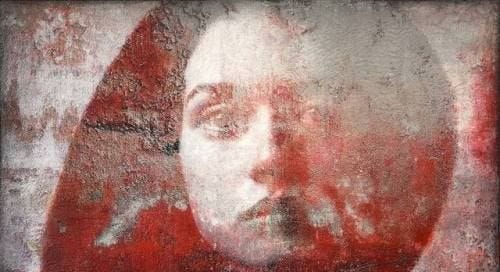



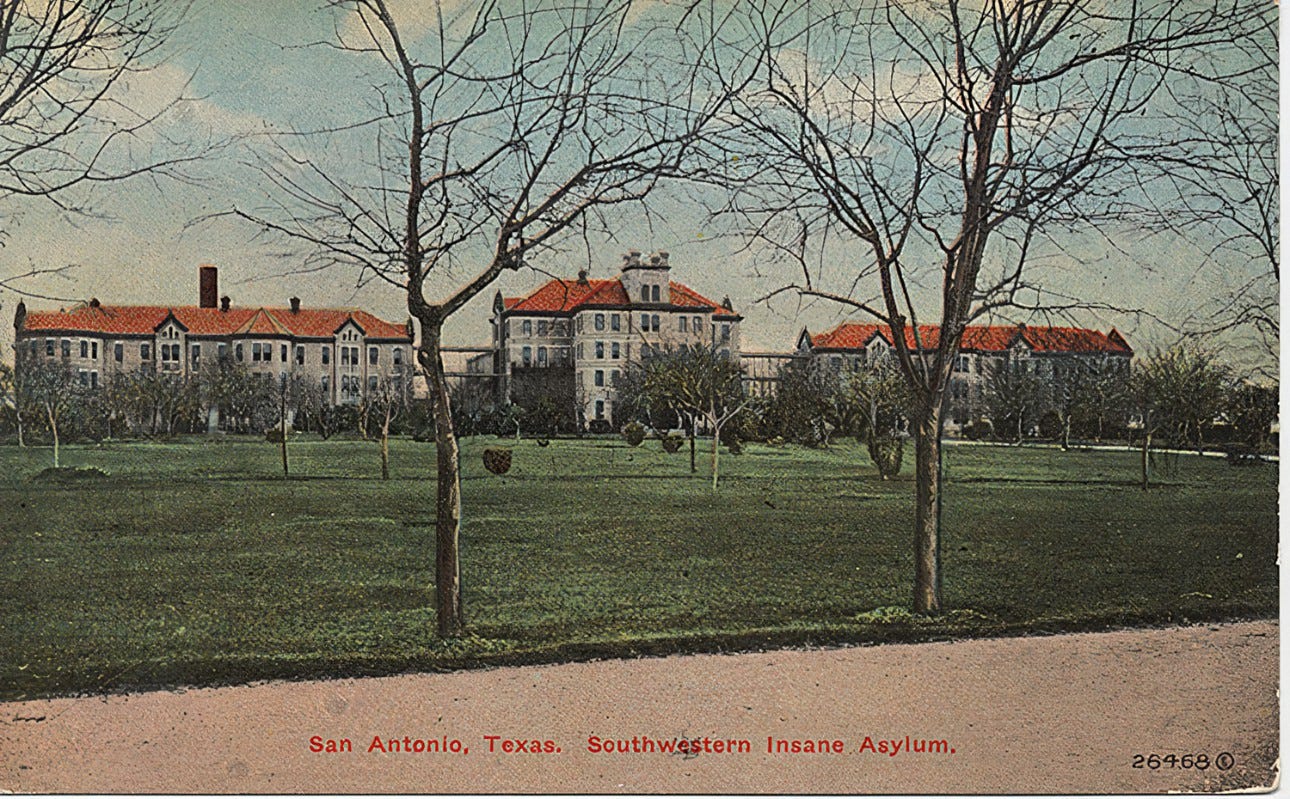
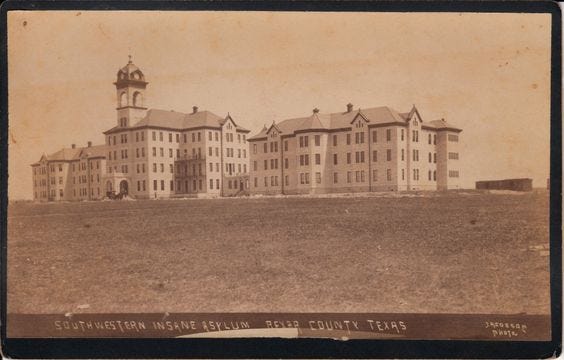
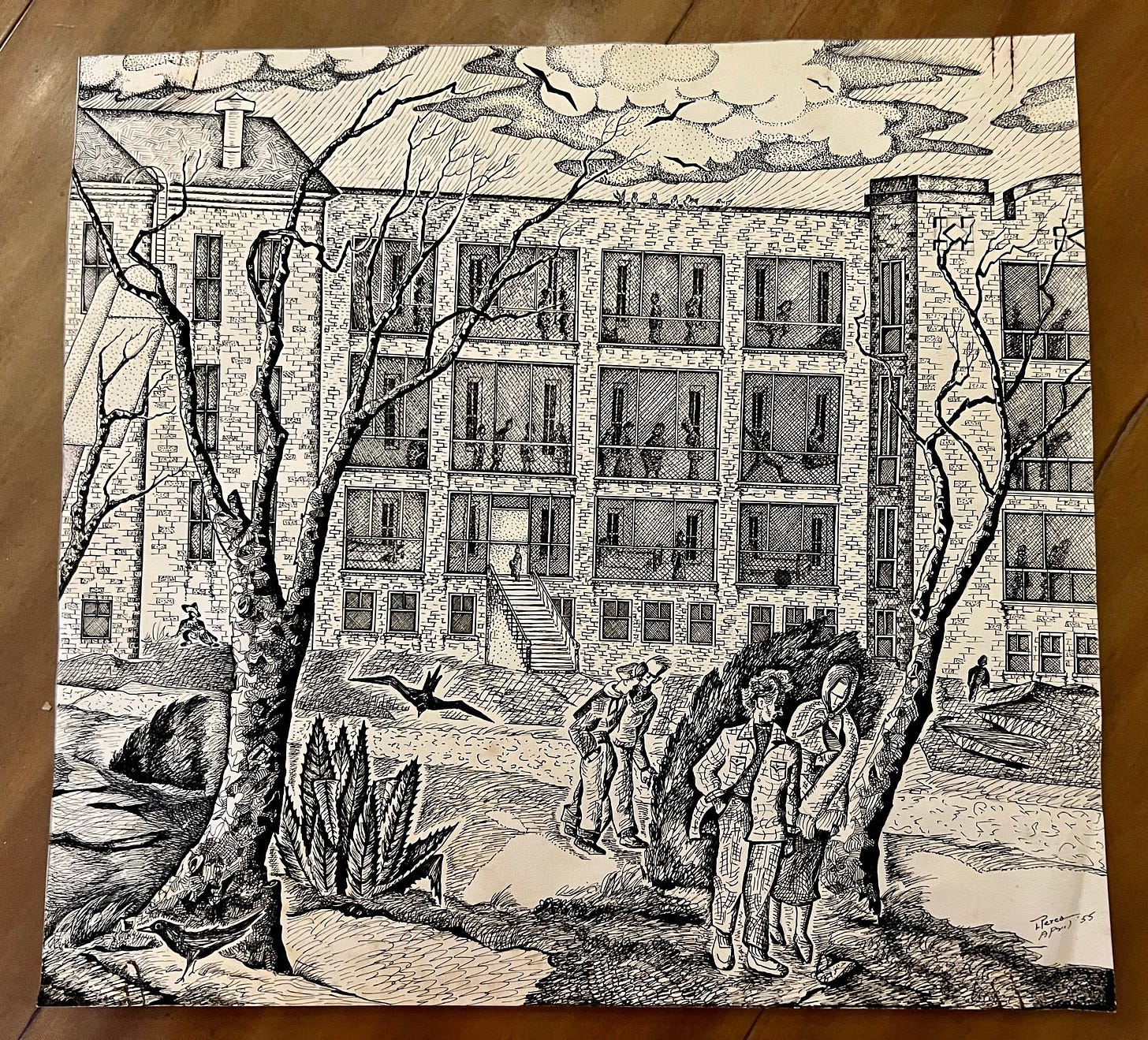
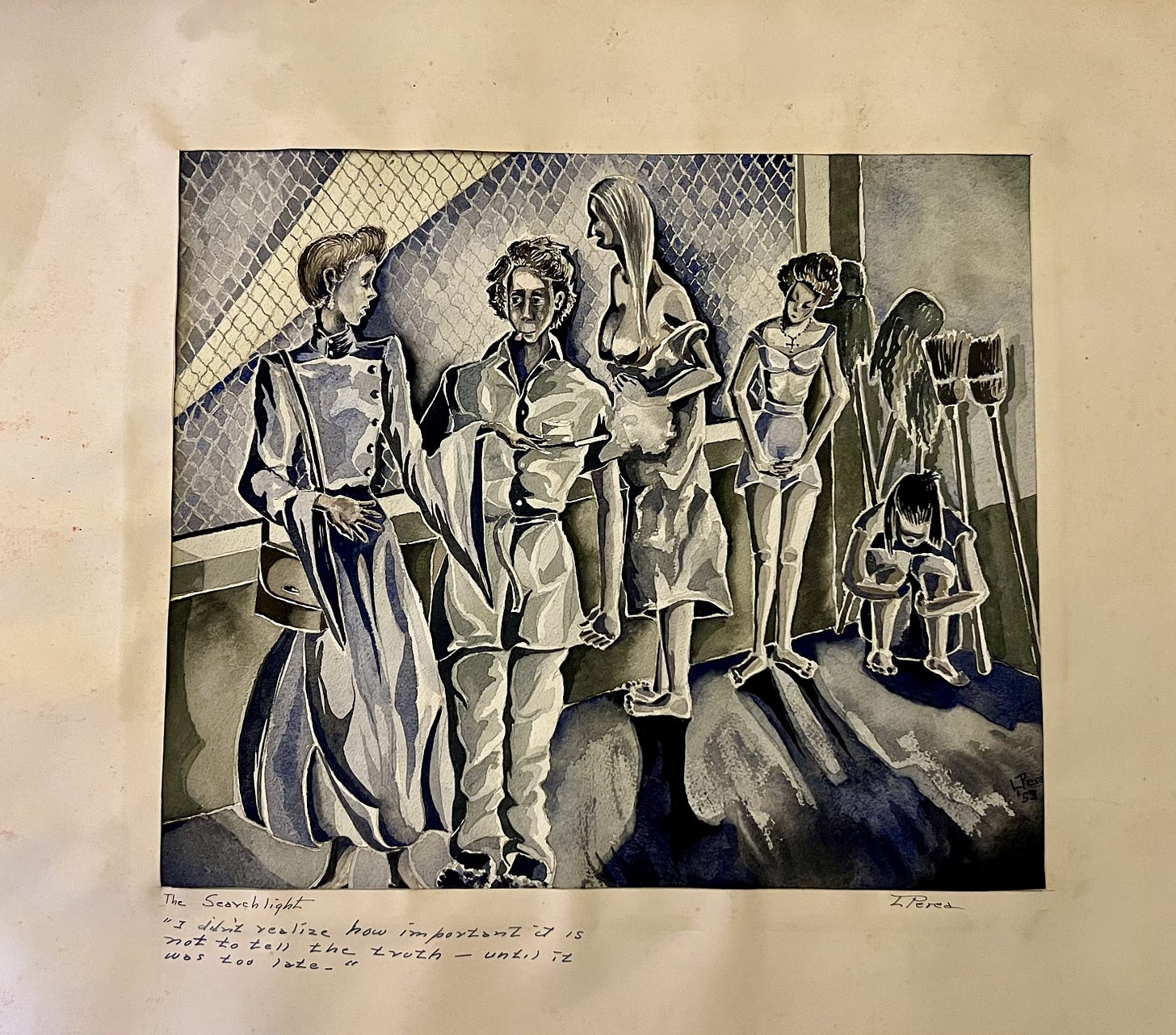
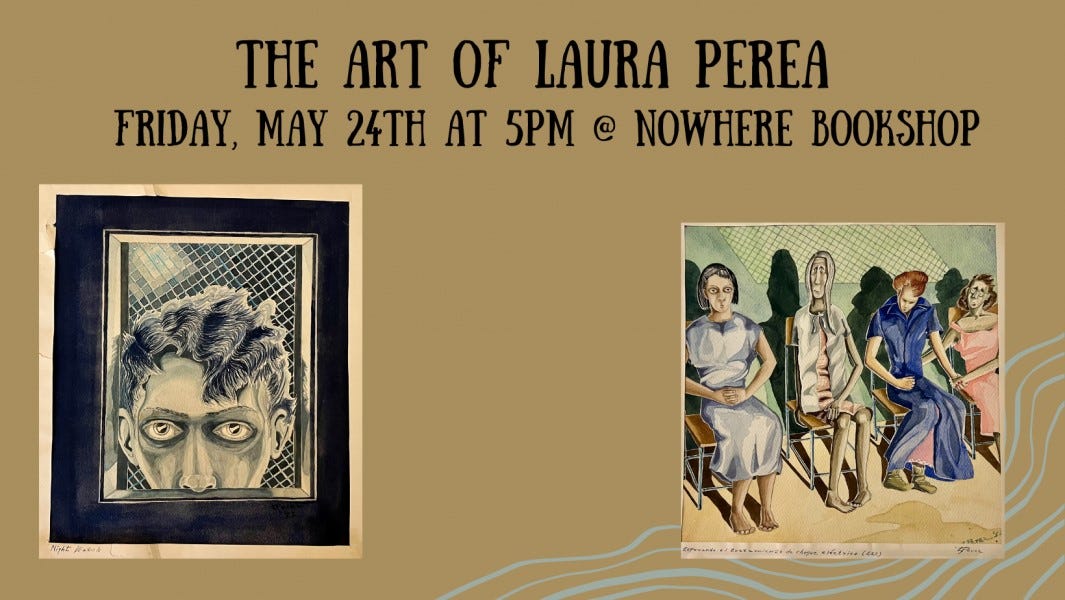
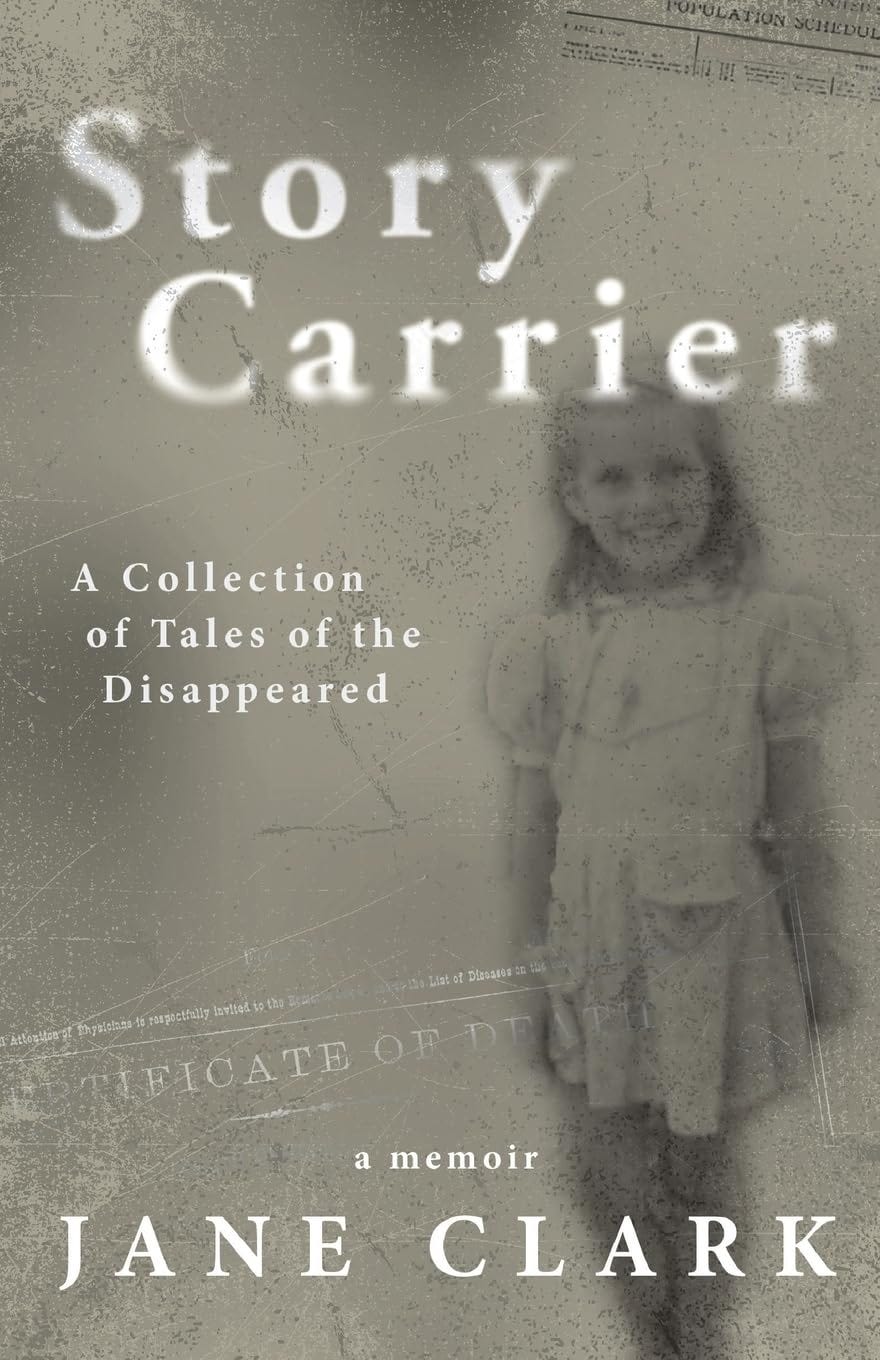

Beautiful piece, and appreciate the effort you have put into learning about your lost relative. So sad. Laura Perea’s work is stunning. So many talented people never get a chance.
A powerful tale. How wonderful to feel that connection with Vina and her story.